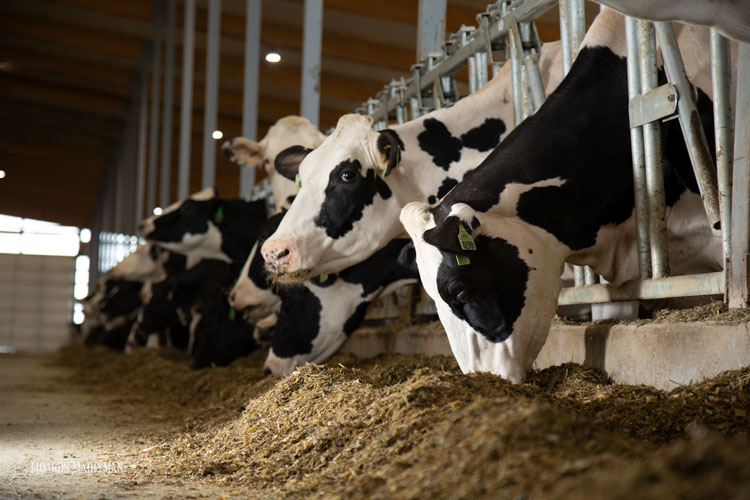
The 2019 forage growing and harvest season continues to be a hot topic as we near the end of the first quarter of 2020. In recent talks, we’ve discussed how 2019 may represent a new environmental and management normal in numerous ways.
The West continues to be in need of moisture, whereas many other areas have experienced several years with far too much precipitation. These weather woes have caused many in the U.S. to gravitate toward lower forage diets. In the West, water and forage is expensive, thus driving forage out of diets. Do not assume forage is cheap in the Midwest or East either.
One novel observation I’ll pass along, citing personal communication with Dairy Analyzer’s Mark Linzmeier, is that corn silage cost per ton dry matter has gone up approximately $10 as farms dealt with reduced yields, increased diesel usage, and greater labor and equipment costs in 2019. Beyond forage cost, some have driven forage out of the diet as they struggle to achieve desired milk performance or as they feed corn silage with less grain and starch. Others simply do not have the necessary feed inventories, regardless of quality. In all of these cases, producers and nutritionists need to constantly evaluate alternative feeds to sustain performance.
No forage requirement
Dairy cows do not have a forage requirement and can perform on diets that have forage levels as low as 25% to 30%. In low forage diets, more fiber and less starch are needed to maintain rumen health and performance. In those situations, added sugar can serve as a non-starch ingredient that offers rapidly digestible carbohydrates. When up to three quarters of the diet comes from commodity or by-product feeds, identifying the best cost feeds for your situation can prove daunting. You may need more digestible fiber, protein, digestible starch, or simply total digestible nutrients and energy value per pound.
Thankfully, there are several tools available to help make decisions, including SESAME from The Ohio State University and FeedVal, recently updated to v7.0, from the University of Wisconsin-Madison and available here.
Having collaborated with the University of Wisconsin-Madison’s Victor Cabrera, Joao Dorrea, and others on FeedVal v7.0, I have reasonable experience with this tool and its online interface. Here are several quick tips in using programs such as this to find undervalued feeds and improve your feed costs per hundredweight.
- Evaluate only the feeds available in your market. The tools come preloaded with a wide array of different feeds; remove those which your farm will not consider.
- Enter feed costs for your market.
- Select nutrients to value based upon your herd’s dietary needs. Many are struggling with poor-feeding corn due to limited fermentation progress following cold or frozen harvest. Consider adding starch digestibility to your evaluation (this is now an option in FeedVal).
- Adjust nutrient values based on analysis for feeds in your market. The FeedVal v7.0 feed library is improved, but remember The Ohio State University’s Bill Weiss and Normand St-Pierre recognized that commodities can vary as much as forages by region.
- Enter your forage nutritive value and true cost per ton. Adding forage nutritive and economic value for your farm will allow you to compare and contrast with other market options.
Pull your nutritionist and feed management team together and advance your feed price evaluations in 2020. Key supplier technical support teams also offer support with feed price tools. There is no better time than the present to re-evaluate feed ingredient options.








